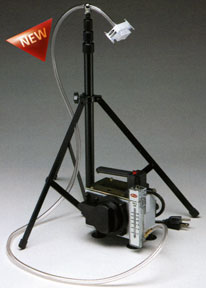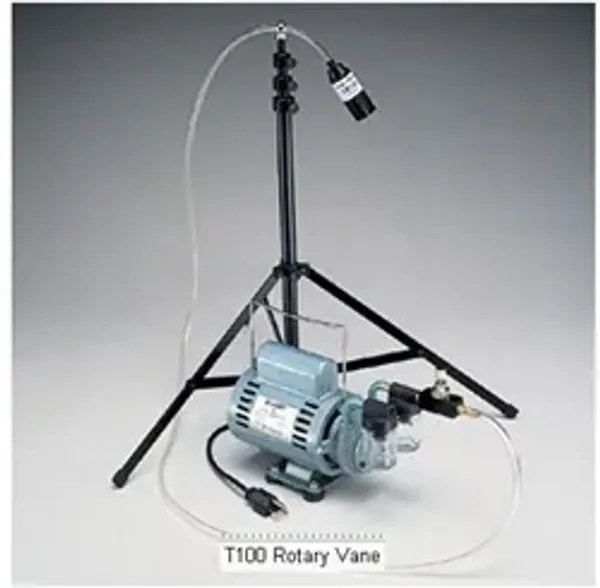Odor & Mold Doctors recognizes your need for high quality analytical services. We are committed to providing precise, accurate data for your mold and bacterial analysis needs. All analyses are performed by skilled technicians using state of the art equipment. Odor & Mold Doctors participates in external proficiency testing and utilizes extensive internal quality controls to ensure the highest quality results for our clients

Our services include:
Basic Spore Trap Analysis Identification and enumeration of fungal spores for all brands of spore traps including Allergenco-D, Micro-5, and Air-O-Cell cassettes – 24 hour turnaround time
Expanded Spore Trap AnalysisBasic analysis + total dander, fiber and pollen counts – 24 hour turnaround time
Basic Direct Mold Identification AnalysisIdentification and semi-quantitative enumeration from tape, Bio-Tape, swab or bulk samples – 24 hour turnaround time.
Expanded Direct Mold Identification Basic direct mold identification + quantitative spore counts in spores per square inch – 24 hour turnaround time
Fungal and Bacterial Culture Identification and enumeration of mold and/or bacteria from air, swab and bulk samples – 2-4 day turnaround time for bacteria – 5-7 day turnaround time for mold
Dust Mite Allergen Testing Semi-quantitative analysis of dust for the presence of mite allergens – 24 hour turnaround time
Particle AnalysisIdentification of pollen, fibers, fiberglass, dander and other particles; separated by particle size – 24 hour turnaround time
Indoor Air Quality ConsultatingConsultation for mold issues, sampling plans and protocols, and building science issues is free with your samples. Please contact us for pricing without samples. .

VOLATILE COMPOUTND TESTING
What is a Volatile Organic Compound?
Volatile Organic Compounds (VOC) are harmful chemicals found in many household products, or building materials that off gas or evaporate easily at room temperature. The term “organic” indicates that the compound contains carbon excluding carbon monoxide, carbon dioxide, carbonic acid, metallic carbides or carbonates, and ammonium carbonate, which participate in an atmospheric photochemical reaction. If exposed VOC’s can diminish your quality of air, as well as be detrimental to your health.
Volatile Organic compounds or VOC’s are commonly found in hundreds of thousands of household products such as: carpeting, paints, paint strippers, cleaning supplies, adhesives, furniture, cosmetic products, disinfectants, degreasers, aerosol sprays, wood preservatives, aerosol sprays, automotive products, dry-cleaned clothing, bedding and linens, etc…
VOC levels will vary depending on:
· The rate at which the VOC is off-gassed
· The volume of air in the home or business
· The building ventilation rate
· Temperature and humidity
· Time spent in the potentially effected environment
What are the possible health effects of VOC’s?
Some of the possible health problems related to VOC exposure can include: eye, nose & throat irritation, headaches & nausea, skin irritation, as well as risk of central nervous system damage due to long term exposure.
What types of VOC prevention methods are there?
A majority of products, which contain volatile organic compounds, tend to off gas within minutes of removal from the packaging. This applies to paint cans, furniture or bedding that is wrapped in plastic, as well as new construction pressed woods, aerosols, and newly purchased plastic products. The best way of reducing VOC exposure is to completely eliminate products, which contain formaldehyde, benzene, ethylene glycol, methylene, and chloride. You can also look for companies which offer “Low Voc”, “Non Voc”, & “No Voc” type products.